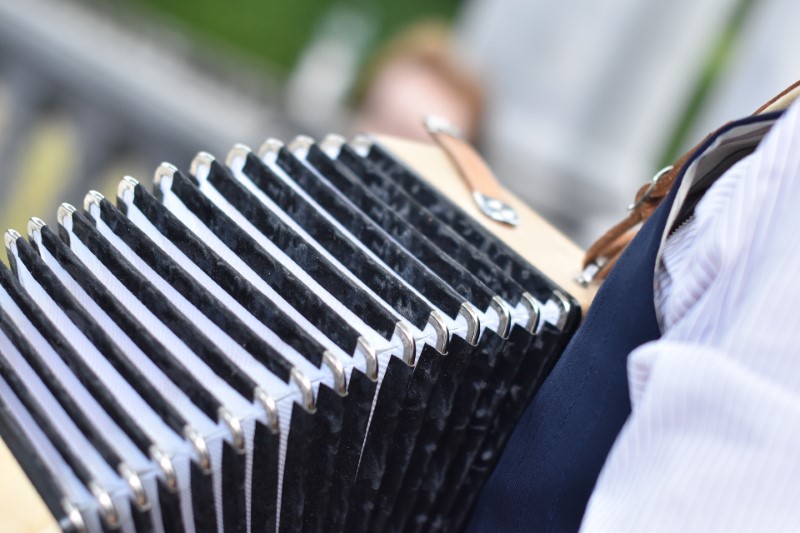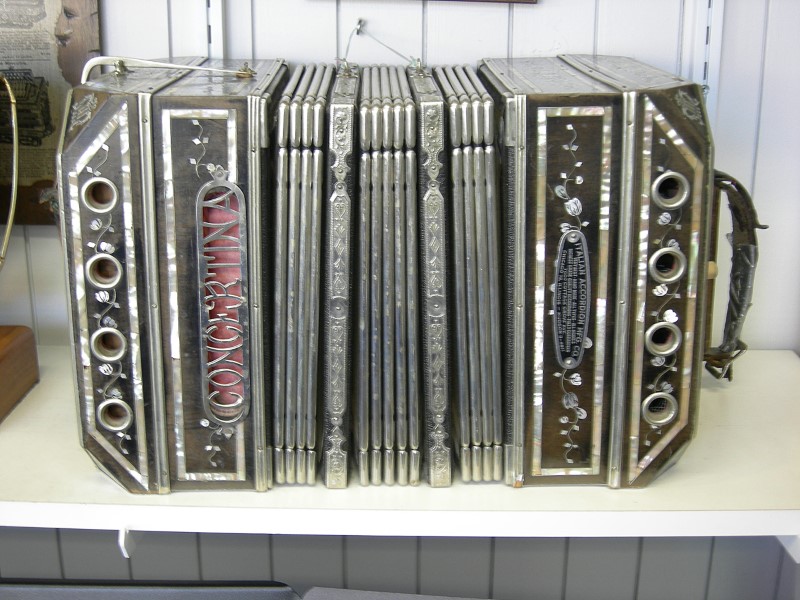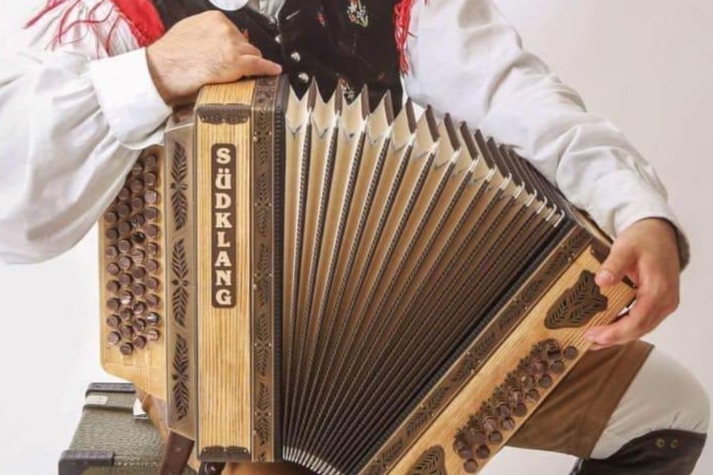If you are currently looking for Südklang harmonika, it is easy to get overwhelmed with the wide range of options available.
The truth is that there are dozens of harmonicas out there, and for the untrained eye, all of them may just look the same. However, the truth is that each of them is unique and different.
You are probably already familiar with the piano accordion. This is the most common type of accordion. But there are still plenty of similar instruments that you might not have had the chance to meet just yet.
To save you from the confusion, take a look at the following types of harmonicas you can find in the market:
Table of Contents
Bisonoric Accordions
This type of accordion produces two or more pitches and notes every time the player presses its buttons, with the bellows moving in any specific direction. The produced sounds are also dependent on how the bellows have been pulled out
Button Accordions
Button accordions definitely live true to their name. The treble side of the button accordion features buttons. The button accordion is among the most significant and popular types of accordions that you will find in many musical performances all over the world.
A button Südklang harmonika comes in different configurations and styles to cater to the specific needs and requirements of multiple users. Even then, however, it is true that this type of harmonica only contains single not buttons on one side. The other part often contains the bass and chord buttons.
Chromatic Accordions
The main features of the chromatic accordion include the presence of buttons on the treble or right-hand side and the base buttons on the left-hand side. More often than not, the configuration is either the Stradella system or the free bass.
What is most interesting about this type of accordion is that it shares the same specific similarity with piano accordions. Both of these two types have the same kind of button for bass configuration.

Due to these features, chromatic accordions let the users enjoy a wide selection of pitches, and this is why it is often used in different performances.
However, you have to take note that while it is a flexible enough instrument that accommodates various styles of music, the outcome often depends on how you perfectly fix or tune the reeds.
Concertina
Although the concertina is often not categorized as a true accordion, its features say otherwise, with most classifying it as another type of Südklang harmonika.
This type of instrument is much smaller compared to the standard accordions. However, the concertina is still handheld.

Another thing that sets this device apart is its free-reed nature. The concertina makes an ideal companion for an accordionist traveler because it is compact enough to fit in boots and backpacks without taking out too much space.
It is also probably the reason why many sailor players choose it instead of full-size accordions. Similar to the piano, button, and chromatic accordions, concertinas also have different kinds of systems, with the major ones being the German, English, Duet, and Anglo concertinas.
Diatonic Accordions
You can never talk about chromatic accordions without discussing their diatonic counterparts harmonikas. These instruments are primarily recognized for the role they play in folk and ethnic music performances. Most diatonic accordions feature buttons, and these are made up of one or several button rows.
The main difference between the chromatic and the diatonic accordion is the pitch that the reeds produce. The diatonic accordions use bisonoric reeds that change tune every time the bellows are pushed in or pulled out. This is not the case with chromatic accordions.
In addition, the diatonic instruments change on the chords, with the bass notes significantly dependent on the direction of the bellows. The instruments that belong to this category are restricted to the use of certain keys while playing.
Digital Accordions
Living in this modern digital world means that technological advancements are taking the front seat in many fields and industries. This is why it is no longer a surprise that many accordion manufacturers have also made their productions join the microchip bandwagons.
This means you will see a digital accordion soon if you still haven’t seen on. These musical tools feature inbuilt electronics without or with the free reeds.
However, their appearance still resembles that of the traditional accordions. People who already tried them also claim that they also feel the same.
The main benefit of these instruments compared to other types of accordions is that they are quite versatile. These can use sound effects and comfortably play several music styles.
Piano Accordions
The piano accordions are probably the most popular type of Südklang harmonika. Based on the name itself, this instrument features a keyboard that resembles a piano.
A piano accordion comes with a right-hand keyboard that has the same layout and design as that of standard pianos.
If you have already bought a full-size piano accordion, this gives you a chance to enjoy around three notes octaves and 41 treble piano keys.
But the difference is that on the left-hand part of the accordion, you will find a row of buttons that allows the bass accompaniment.
In addition to this, standard full-size piano accordions often come with 120 buttons. But it is also common to find instruments with 140 buttons.
Another key difference between piano accordions and other kinds of instruments that belong to this category lies in the base system.
Unisonoric Accordions
One thing that differentiates accordions is their bisonoric or unisonoric nature. These often refer to the way bellows produce different sounds and notes while the air moves through the reeds.
With unisonoric accordions, they produce constant sound regardless of the way the bellow moves. However, the sounds produced are dependent on the specific size of the instrument that is used.
Due to this, based on their name, unisonoric accordions are used in performances where it is vital to achieving sound consistency.
When shopping for a Südklang harmonika, make sure you are familiar with the different types available for you to choose from.
